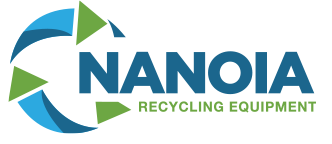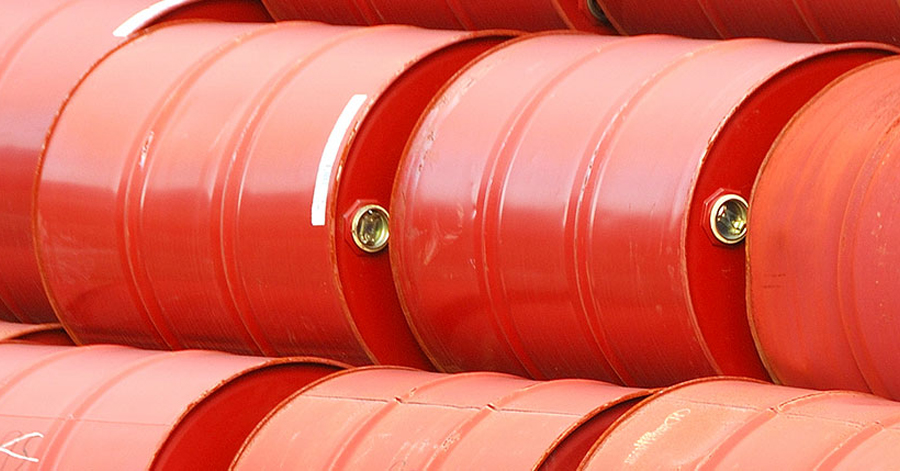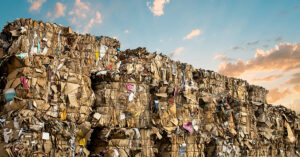In today’s environmentally conscious world, recycling is more than just a trend; it’s a necessity. As businesses strive to reduce their carbon footprint and comply with regulations, understanding the landscape of recycling equipment becomes crucial.
This article aims to guide you through the essential aspects of recycling equipment, helping you make informed decisions for your business.
1. Understanding Different Types of Recycling Equipment
The first step in navigating the world of recycling equipment is understanding the various types available. Each type serves a specific purpose and is suited for different materials:
- Balers: Used for compressing recyclable materials like paper, cardboard, and plastics into compact bales, making them easier to transport and store.
- Compactors: Ideal for reducing the volume of non-recyclable waste, such as general trash, thereby minimizing disposal costs and optimizing space.
- Shredders: Employed to break down materials into smaller pieces, shredders are essential for processing plastics, metals, and electronic waste.
- Crushers: Designed to crush glass bottles and cans, making them easier to recycle and reducing volume.
- Sorting Systems: Automated systems that sort recyclables by type, enhancing the efficiency and accuracy of the recycling process.
2. Assessing Your Business’s Recycling Needs
Before investing in recycling equipment, assess your business’s specific needs. Consider the types and volumes of materials you need to process, the available space in your facility, and your budget.
Understanding your requirements will help you choose the right equipment that aligns with your recycling goals.
3. Evaluating the Benefits of Recycling Equipment
Investing in recycling equipment offers several benefits, including:
- Cost Savings: By reducing waste volume, you can lower disposal costs and, in some cases, generate revenue from recyclable materials.
- Environmental Impact: Recycling equipment helps minimize landfill waste, reduce greenhouse gas emissions, and conserve natural resources.
- Operational Efficiency: Automated recycling equipment streamlines waste management processes, saving time and labor.
- Regulatory Compliance: Proper recycling equipment ensures that your business adheres to environmental regulations and standards.
4. Selecting the Right Equipment Supplier
Choosing the right supplier is crucial when purchasing recycling equipment. Look for a supplier with a good reputation, extensive experience, and a comprehensive range of products.
They should also offer excellent after-sales support, including maintenance, training, and access to spare parts.
5. Implementing and Maintaining Your Recycling Equipment
Once you’ve selected the right equipment, proper implementation and maintenance are key to ensuring its longevity and efficiency.
Follow the manufacturer’s guidelines for installation and operation, and establish a regular maintenance schedule to keep the equipment in optimal condition.
Ready to Explore Recycling Equipment Solutions?
Navigating the world of recycling equipment can be complex, but with the right knowledge and guidance, you can make informed decisions that benefit your business and the environment.
By understanding the different types of equipment, assessing your needs, evaluating the benefits, choosing the right supplier, and maintaining your equipment, you can establish an effective recycling program that contributes to a more sustainable future.
Contact Nanoia Recycling Equipment today. Our experts are here to help you navigate the world of recycling equipment and find the perfect solutions for your business’s needs.






